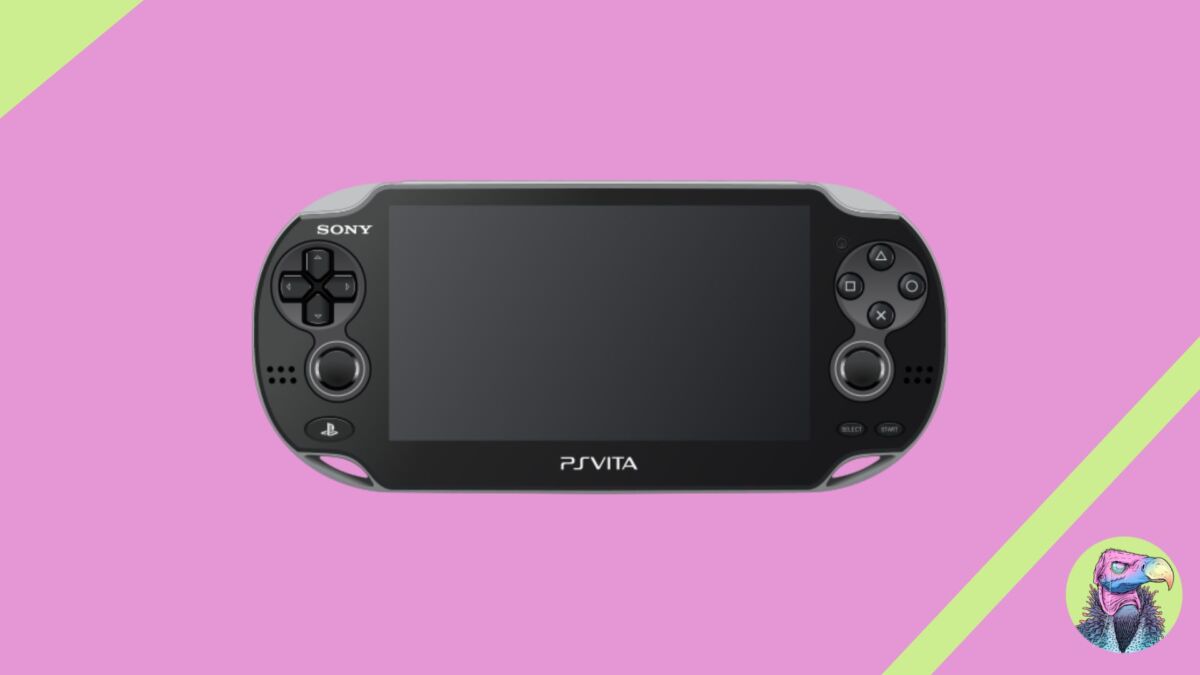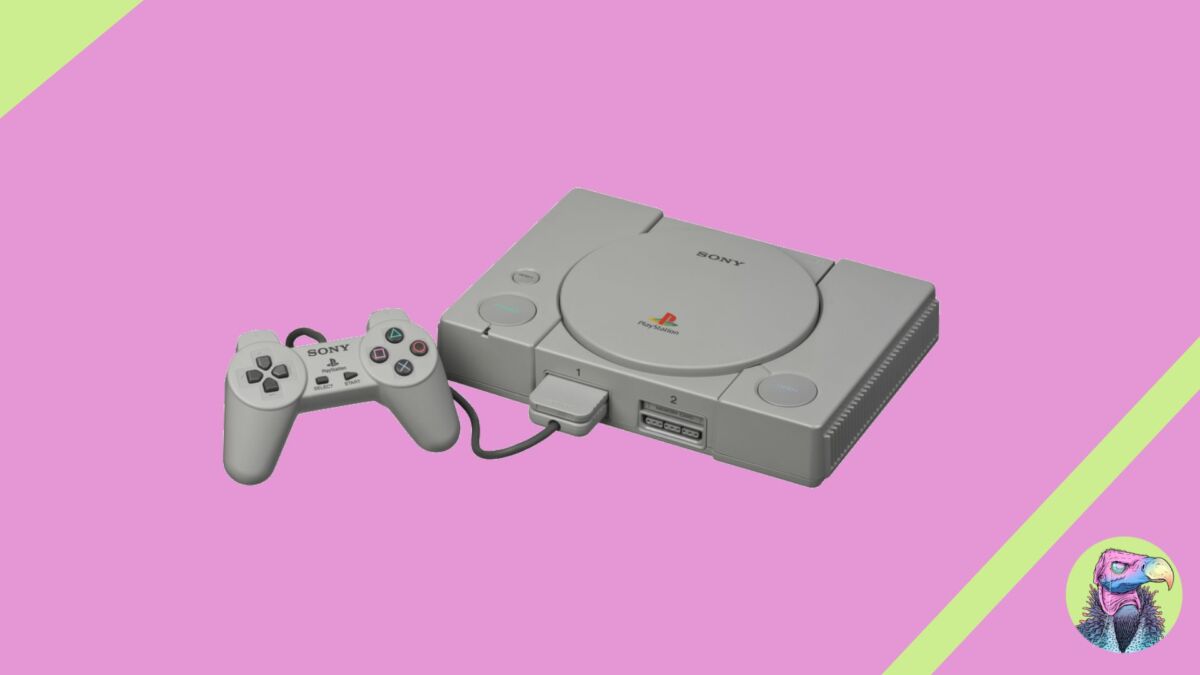The gaming industry has plenty of fascinating sliding doors moments. What if John Carmack hadn’t met John Romero while working on a random card magazine game for the Apple II? If the original Xbox’s designer, Seamus Blackley, had been given time and resources to properly finish Trespasser, the ambitious Jurassic Park tie-in that bombed, what would the Xbox brand look like today? Would it even exist at all? But for my money, the biggest sliding doors moment in the history of gaming will always be: what if Sony and Nintendo could have just got along?
Back in 1988, Sony and Nintendo were collaborating on a CD-based add-on for the SNES, with hundreds of prototypes of the Nintendo PlayStation being made. However, uncomfortable with Sony wanting to control the licensing for its disc games, Nintendo president Hiroshi Yamauchi covertly approached Phillips, a huge rival of Sony’s in the electronics space, and the pair struck a deal behind Sony’s back. Nintendo and Phillips would collaborate on quite possibly the worst example of IP licensing ever, while Sony got even by starting one of the most successful brands in entertainment history: PlayStation.
Ever since the release of the original PlayStation in 1994, Sony has never looked back, releasing another four home consoles, two handhelds, and becoming a cornerstone of the cultural zeitgeist for decades. They boast the biggest selling console of all time, with the PS5 having a very good chance of being their fourth platform to surpass 100 million units. It was a pretty big risk for Sony to venture into gaming, but it’s more than paid off for them as it props up the company as a whole, no doubt thanks to the continued success of Knack 2. But which is the best PlayStation console to date, and which is the worst?
To find out, we’re ranking every Sony PlayStation console released over the years, ranging from the handhelds that were far ahead of their time to home consoles that would probably sell today if they were still being manufactured. It’s worth bearing in mind here that Sony has yet to release a true dud of a console, as while not every single system has shifted huge units, every one of them has moved the needle in some way, whether that’s through its games or the technology itself.
7. PlayStation Vita
Release Date: December 17, 2011 (JP) / February 15, 2012 (NA) / February 22, 2012 (EU)
Units Sold: 15.82 million (estimated)
It’s hard not to place the PlayStation Vita at the bottom of any PlayStation ranking while also not mentioning how sorely underrated it is — even by Sony themselves.
Sony never seemed to get the marketing with the PlayStation Vita quite right. Back in 2012 when it came to the west, they really failed to put across what a unique, clever bit of kit it truly is, especially in the face of the booming mobile market. Its wildly expensive proprietary storage hardly helped matters, especially as SD cards were becoming very affordable.
However, the Vita was leagues ahead of every other handheld in terms of power and visual fidelity (helped by the OLED screen, a feature included some ten years before it became common in modern handhelds), while also offering solid augmented reality integration and Remote Play to allow players to stream PS3 and later PS4 games on the go. The back touchpads were a novel idea that could maybe have worked just a little bit smoother, however, often being a gimmicky hindrance in some games.
But the games ultimately dictate if a platform lives or dies — just ask Stadia. While the Vita had some absolute whippers like Uncharted: Golden Abyss (replete with Vita gimmicks out of the wazoo), Persona 4 Golden, Killzone Mercenary, Gravity Rush, and Tearway, it never felt like Sony had much of plan to support it with big games beyond its first couple of years. For instance, while the PSP got two distinct God of War games, the Vita only ever got ports of those games. Really, it felt like Sony gave up on the Vita far too soon, a disappointment considering how not too much earlier they’d revitalised the PS3 with its Slim model.
However, while its latter years were quiet in terms of big hitters, indies like Hotline Miami, Guacamelee, and Rogue Legacy found a perfect home on the Vita, no doubt helped by Sony’s Cross-Buy initiative. JRPG and visual novel fans were also well catered for on the Vita right up until its quiet demise in 2019.
The Vita is well worth buying even now, as it honestly feels like it could have been released just recently. The Switch owes a few debts of gratitude to the Vita, but fans of the latter will probably always be left wondering what could have been if Sony had found it the audience it deserved.
6. PlayStation 5
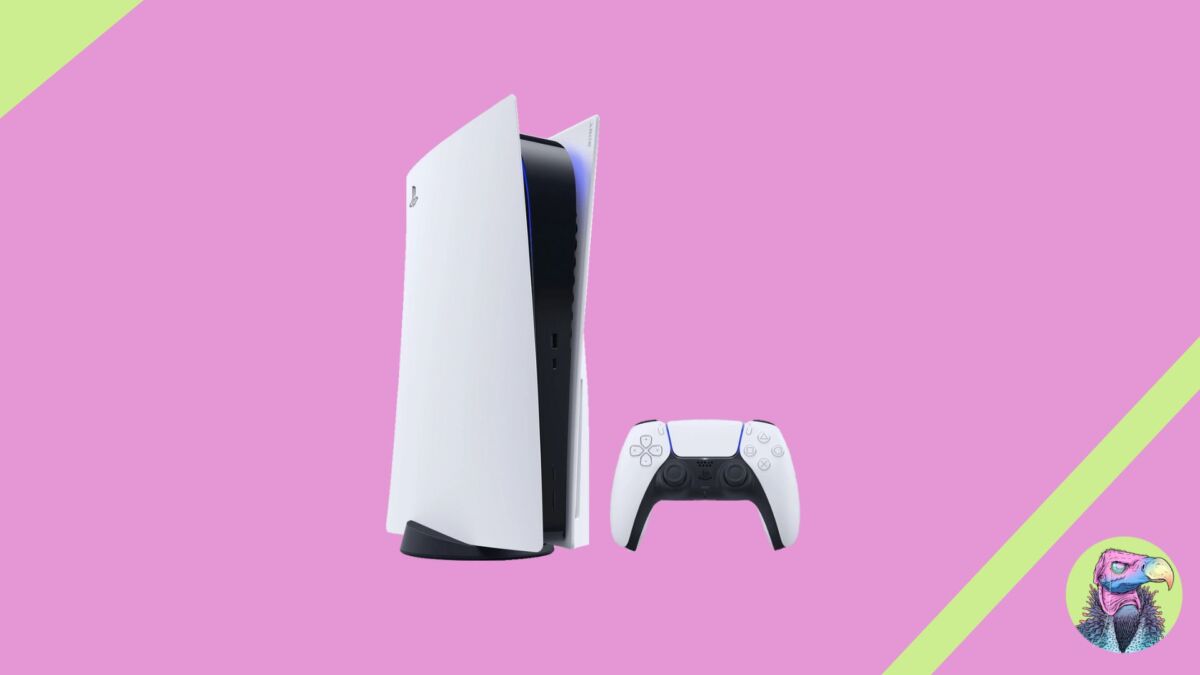
Release Date: November 12, 2020 (JP/NA) / November 19, 2020 (EU)
Units Sold: 40 million+ (still in production)
The PlayStation 5 is truthfully only this low down as a result of its relative youth. Come back in a few years and there’s a more than solid chance that it will climb a couple of places, especially if Sony manage to keep up the output of the likes of God of War: Ragnarok, Marvel’s Spider-Man 2, Returnal, and Ratchet & Clank: Rift Apart.
It’s hard not to shake the feeling, though, that the PlayStation 5 has only really just started cooking several years after its initial launch, as it has been moored so tightly to the PlayStation 4 that it hasn’t really been able to find itself. Production issues and a pandemic have meant that cross-generation releases have been far more common than expected, with only 2023 showing signs of the PS5 finally getting some real distance from the prior generation.
It also doesn’t help that the PS5 (and the ninth generation as a whole) made arguably the smallest generational leap of any PlayStation console yet. So far, the ninth feels like an upgrade in convenience rather than the jaw-dropping leaps seen in prior gens, with the higher framerates and resolution offered in some games still always seemingly having an asterisk next to them. The SSD cuts down on a lot of loading times, though truthfully they weren’t too much of an issue for the PlayStation 4 either.
Most of the console’s innovation can be actually found in its DualSense controller, which already belongs high up on any list of the best controllers of all time. The haptics do for gaming what THX did for cinema, adaptive triggers give each gunshot satisfying feedback, and it overall just feels like the perfect weight. It’s so good, in fact, that its $200 upgrade in the form of the DualSense Edge feels almost unnecessary.
Sony have even released a follow-up the PlayStation VR, the surprisingly named PSVR2, but the lack of first-party support announced for it so far is terribly worrying. There are loads of excellent third-party experiences and Beat Saber will always sell well, but it does feel almost slightly forgotten about already by Sony themselves.
While no doubt a wonderful bit of technology (with a bonkers design that will be fascinating to see how it ages), it’s difficult to deny that the PS5 is more iterative than it is innovative — so far. The console is really only about halfway through its life and still has plenty to prove, and while the lack of true exclusives and increase in prices may gall some, it does feel like Sony is only really beginning to flex what the PlayStation 5 can do.
5. PlayStation 3
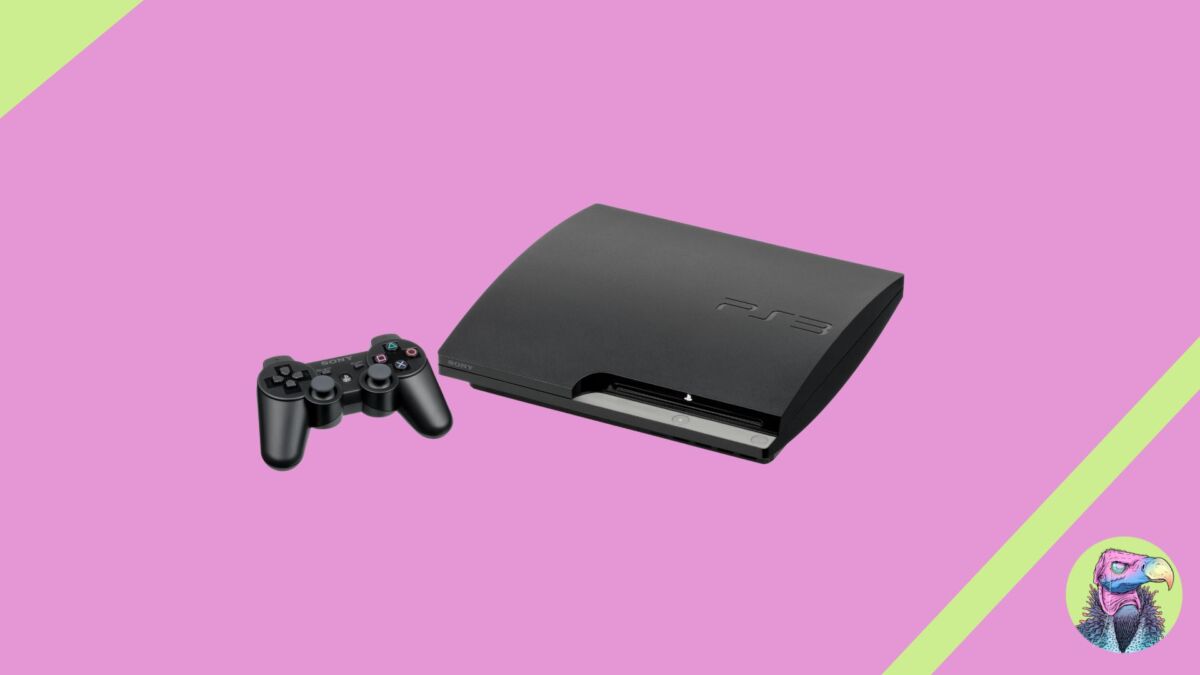
Release Date: November 11, 2006 (JP) / November 17, 2006 (NA) / March 23, 2007 (EU)
Units Sold: 87.4 million
You don’t need yet another retrospective on what went wrong with the early days of the PlayStation 3: huge price tags (close to £800/$900 when adjusted for inflation), challenging architecture to work with, and giant enemy crabs. This was Sony with a bit too much swagger in their step, while also perhaps trying a bit too hard to make the PlayStation 3 an all-in-one machine.
The earliest versions of the PlayStation 3 were fascinatingly ambitious, with a Blu-ray player, CD player, the PS2’s Emotion Engine, Linux support, and Flash card reader all being crammed into what was a bit of Frankenstein’s Monster of a unit, leading to that gargantuan price point. As expected, sales were slow, not helped by it launching just before a recession hit the planet, but the rollout of games for it felt even slower. Anyone who went on an imageboard in 2007-08 can probably remember that infamous “PS3 has no games” meme.
However, business did pick up with the release of games like the first Uncharted, and later Metal Gear Solid 4, but what really kicked the PlayStation 3 into life was the introduction of the PS3 Slim in 2009. While plenty of features were cut, what was most importantly cut was the price. This, coupled with a whole heap of affordable bundles, better and better first-party games, and free online play made the PS3 a more attractive option for many than the Xbox 360 as the generation wore on.
The hit counter of iconic first-party games on the PlayStation 3 really also never let up from a certain point onwards: The Last of Us, Uncharted 2 and 3, God of War 3, Resistance 1-3, Killzone 2 and 3, InFamous 1 and 2, LittleBigPlanet — the list goes on. Sony were also more experimental than they’ve been in the generations since, releasing outsider gems like Journey, Puppeteer, and Demon’s Souls, which proved Marty McFly right all along. And while the third-party support was also excellent, it’s a shame that so many of the bigger games had so many performance issues due to the awkward nature of the system’s processor that they’re almost difficult to go back to now. Metal Gear Solid 4 performs as if it was particularly hamstrung by the platform’s inconveniences, somehow feeling far more sluggish than its PS2 predecessors.
Then there’s the DualShock 3, which, while better than the Sixaxis, feels like a toy in your hands. The serious lack of weight and plasticky nature give it a slightly cheap feel that’s all the more noticeable if you’ve been playing with more modern controllers for any amount of time. It’s still a decent controller, but the mind races over what that bizarre banana controller would have been like instead.
Elsewhere, the less said about Sony’s desperate, slapdash attempts to cash in on motion controls with the desperate, slapdash PlayStation Move, the better. Somehow, the PS2’s EyeToy felt like a more responsive experience.
The PlayStation 3 is undoubtedly an iconic console, but one that arguably took a little too long to reach its highest heights — but what incredible heights they were. Even today, it still feels like the closest thing to the perfect “computer console” you can get, as it’s so open compared to more modern platforms with so many ways in which you can make use of it, and the leap in capabilities between it and the PS2 was profound. If the PS3 reached its potential a little earlier, it’d have been pretty close to the summit of any PlayStation console ranking.
4. PlayStation
Release Date: December 4, 1994 (JP) / September 9, 1995 (NA) / September 29, 1995 (EU)
Units Sold: 102.49 million
Released a year after it first did so in Japan (which is crazy to look back on now), the original PlayStation was one of the first times gaming felt truly “cool.” Whether it was the fact it was one of the easiest ways to listen to The Prodigy thanks to its built-in CD player, consoles were being played at nightclubs, or that it was featured in edgy marketing campaigns, Sony’s first foray into console gaming was hard to avoid throughout the nineties.
Would a CD add-on have stoked up such a fuss?
While obviously not at the forefront of tech these days, the kind of sights and sounds the original PlayStation provided felt like Sony had secretly hopped into a Delorean, doubtlessly helped by very convincing dinosaur tech demos and mind-boggling effects. As picture perfect as visuals in video games are in the current generation, the “wow” factor in fidelity just doesn’t hit quite the same when you can’t count the polygons. Its proprietary video compression unit, MDEC, also allowed for full motion video that looked far better than any of what its peers were putting out, perfect for your 17th playthrough of Fox Hunt.
The PS1 also offered significant advancements in how video game controllers would work for, well, seemingly the rest of time. Although the original controller was no slouch, the DualShock quite literally changed the game, adding dual analog sticks for precise movement (we think they might have caught on), on-board vibration, and additional shoulder buttons. Look at basically any controller released today and they all follow the DualShock’s design, and the PS1 had some absolutely incredible games to take advantage of it.
Even if a staggeringly high percentage of the 8,000 games rushed onto the PlayStation to corner the booming market weren’t what you would call “good video games,” the list of iconic games on the PS1 is a mile long. Final Fantasy VII-IX, Metal Gear Solid, Resident Evil 1-3, Silent Hill, Tekken 1-3, Vagrant Story, Spyro 1-3, Crash Bandicoot 1-3 (along with Bash and Team Racing), Gran Turismo 1-2 — it’s a hall of fame line-up with many being starting points for some of today’s most iconic franchises.
However, of all the consoles on this list, the PS1 has understandably felt the passing of time the most, with even some of its better games playing like they needed more than 32 bits to become truly timeless. Warped, wobbling textures are everywhere across the original PlayStation’s library, and some of the loading times are beyond laborious in this current age of immediate gratification. The growing pains of 3D game development can also be felt in how a lot of these games (particularly those in third-person) play now, with developers only really just getting used to the transition as the console neared its end. Any list of the worst PS1 games is going to have at least a handful of titles with atrocious tank controls and floaty, imprecise platforming.
While your rose-tinted spectacles may come flying off when you go back to playing the PS1 today, time can never take away from what a revolution the original PlayStation was for an entire industry.
3. PlayStation Portable (PSP)

Release Date: December 12, 2004 (JP) / March 24, 2005 (NA) / September 1, 2005 (EU)
Units Sold: 82 million (estimated)
It often feels like people overlook just how remarkable a piece of technology the PlayStation Portable was when it released to the west in 2005 — it truly felt like Sony had shrunk down the PS2 and placed it into the palm of your hands.
While Nintendo had the DS, which favoured two screens over raw power and was catered more towards younger players, the PSP was a beast of a unit that targeted teenagers and young adults. The two spin-off GTA games spoke to that, and they sold about as impressively well as you would expect any GTA game to sell. But what was most impressive was how few concessions Rockstar had to make to the 3D sandbox world of Grand Theft Auto to make it portable. Being able to veer around Liberty City on the toilet was quite staggering back in 2005, especially as the mainline GTA 3 had released on PS2 just a few years prior and blown everyone away.
Sony’s PSP is full of miracle games like this, including God of War: Ghost of Sparta and Chains of Olympus, Daxter, Vice City Stories, Metal Gear Solid: Peace Walker, Tekken 5: Dark Resurrection, Final Fantasy 7: Crisis Core, Monster Hunter Freedom and many more. That’s without mentioning how many of Sony’s less popular IPs were given extra room to breathe on the PSP and find a more specific audience, while the handheld is also regarded as where Persona/Shin Megami Tensei started to bloom. It’s a shame that the loading times could at times veer beyond being egregious, but that’s the price you pay for witchcraft sometimes.
The PSP was also more than just games, as it truly feels like everything a modern smartphone is without the phone part (but really, who doesn’t just let it go to voicemail these days anyway). UMD movies allowed you to watch basically mini-DVDs, while its MP3 functionality made the PSP the world’s bulkiest iPod. The PSP was even a far better device to use online than the PS2, and you could even quite remarkably stream PS3 games to it with the earliest forms of Remote Play. Most unbelievably, it’s also not the worst option in the world for a bit of vlogging.
The PSP was Sony’s first attempt at a handheld, and they certainly knocked it out of the park, even if execs always felt disappointed by it in terms of sales compared to the Nintendo DS. Over 80 million units is still certainly nothing to scoff at, making it one of the most successful platforms of all time and well over four times as popular as what Sony’s Vita would later manage.
Later, pretty underwhelming revisions like the Go and Street that gutted a lot of what made it great would harm the PSP’s image a lot, but it still stands as probably the most ambitious, versatile handheld of all time.
2. PlayStation 4
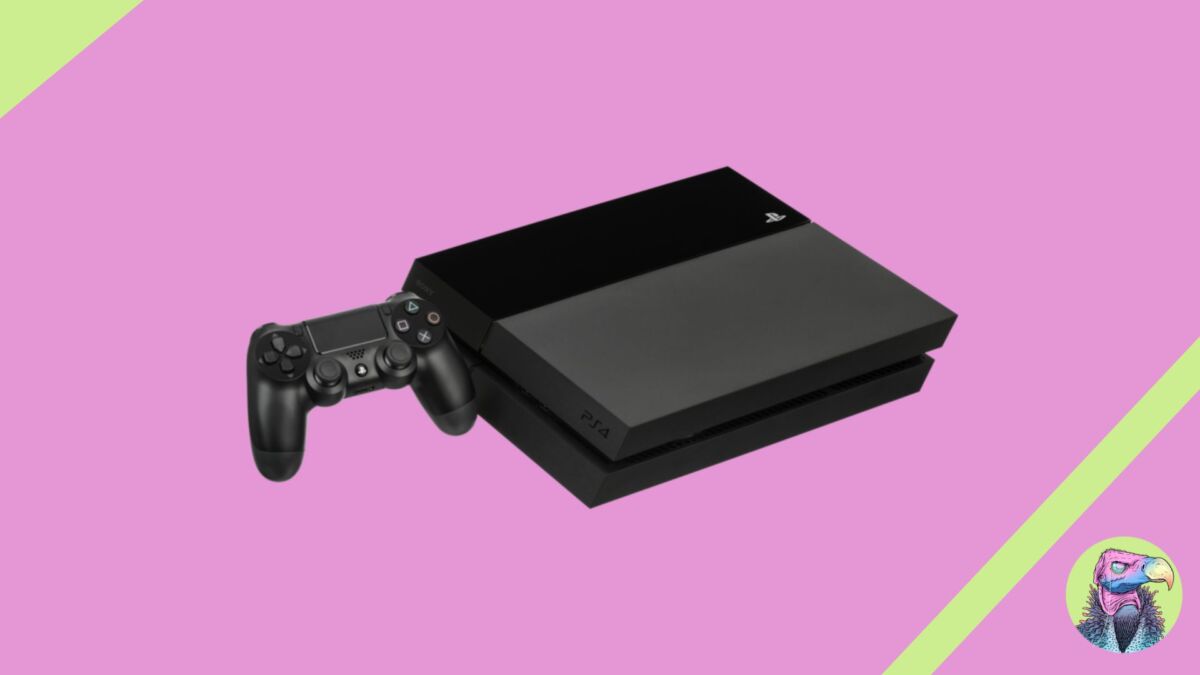
Release Date: February 22, 2014 (JP) / November 15, 2013 (NA) / November 29, 2013 (EU)
Units Sold: 106 million (estimated)
Really, all Sony had to do to dominate most of the eighth console generation was just to do exactly what Nintendo and Xbox weren’t doing. While the former was getting its Wii successor’s marketing all wrong, the latter was pitching to the public as if they hated making video games the whole time. Sony had an open goal with the PlayStation 4, and they just kept scoring huge wins with one of the most successful consoles of all time.
After some experimentation on the PS3, the PlayStation 4 marked Sony’s big push into giving their core audience exactly what they wanted: video games. While 2013 and 2014 did show signs of teething problems due to the last generation still being in the rearview mirror, Sony barely let up from 2015 onwards. Bloodborne (one of few first-party successes still to get a remaster or sequel) grew its cult into a religion in no time at all, then Uncharted 4 released as an absolute technical and storytelling powerhouse a year on. Horizon Zero Dawn, God of War, Ghost of Tsushima, The Last of Us Part II, Death Stranding, Marvel’s Spider-Man, and many more soon followed to flesh out arguably the greatest line-up of exclusives Sony ever put out.
It also helped that Sony made it so that third-party developers didn’t need chthonic incantations to get the most out of the tech, unlike the PS3. Developers praised it in comparison to its competitors often, with many publishers opting for a “PlayStation-first” approach to its games for large swathes of the generation. And even though the focus remained largely on Sony’s hardcore base throughout the generation, it was good to see them also take quite a swing with PlayStation VR, something that had no right to be as immersive as it was despite the ageing tech it was moored to.
While no more free online play for premium multiplayer games was undoubtedly a disappointing move, the rise of free-to-play games (that were actually good) helped to ease the change. Sweary, shouty Xbox 360 lobbies were soon replaced by sweary, shouty PS4 parties around the world, with the console the most easily accessible, most social platform out there. The loss of PlayStation Home still stings, mind you.
The only major downside with the PS4 was that it truly did need that mid-cycle upgrade, the PlayStation 4 Pro, as the generation wore on, with the base PS4 unable to handle 4K and framerates slowing down and down. It was also an absolute beacon for dust, creating many homemade jet engines for a decade.
The PlayStation 4 felt like a major course correction back to basics for Sony, and perhaps also an industry which had become obsessed with gimmicks in recent years. Build the games, and they will come.
1. PlayStation 2
Release Date: March 4, 2000 (JP) / October 26, 2000 (NA) / November 24, 2000 (EU)
Units Sold: 155 million (estimated)
That the PlayStation 2 is so far ahead of the second-best selling PlayStation in terms of units sold is evidence of just how much it dominated for so many years. With only the Switch really capable of catching it at this point, the PS2 is the best-selling console of all time for good reason — and not just because of its built-in DVD player.
The PlayStation 2 always just oozed cool, its turn of the century stylings tapping into the Matrix-infused mania of the new millennium, evidenced by most of the ads for it not making a lick of goddamn sense. None of it had to make sense, though: it had attitude, and if you weren’t with it, you were against it.
What helped the PS2 was just how big a jump up it was from the very first PlayStation, the kind of leap that we are never likely to see again in the industry. Solid Snake actually had a face now instead of the inanimate hock of ham that did its very best in Shadow Moses. Characters had a whole range of emotions now, no doubt helped by the PS2’s aptly named Emotion Engine. And while the PS2 was far from the strongest console towards the end of its generation, it kept selling because the amazing games just kept coming too.
The PS2’s first full year of being available worldwide was one of the best first years you could ever hope for from a game console. Jak and Daxter, Ico, Metal Gear Solid 2: Sons of Liberty, Devil May Cry, Silent Hill 2, Max Payne, Gran Turismo 3, and many more prop up what is commonly believed to be one of the best years ever in gaming. Grand Theft Auto became the juggernaut that it is now largely thanks to the PlayStation 2, while later era games like God of War, Shadow of the Colossus, Bully, Okami, and Metal Gear Solid 3: Snake Eater are still more than playable today.
It was the variety which made the PS2 such a cultural touchstone, though, as it was arguably the first console to make sure almost everyone’s tastes were catered to. Want to be a waste collector? Try Katamari. Fancy a cel-shaded on-rails shooter that’s truly mental? Here’s Killer7. Got a hankering to pilot an attack helicopter and take on a giant model who turns into Godzilla after getting pinched by an alien crab? Don’t tell The Daily Mail, but Demolition Girl awaits. From RPGs to FPS games to sandboxes to stealth games to weird games where you’re a mosquito, if there was a game you wanted, there was a high chance the PlayStation 2 had it.
Sony’s second home console also picked up the arguably too ambitious baton that Sega’s doomed Dreamcast fumbled: online play. While the amount of people actually capable of playing multiplayer games online in 2002 and 2003 was surely fractional, games like SOCOM were far, far ahead of their time. The PS2 also boasted Final Fantasy XI, the first MMO to provide cross-play with PC, a quite uncanny accomplishment to look back on now.
For many, the PlayStation 2 era will always mark gaming at its most pure before the rise of DLCs, extra purchases, and all of the apparently unavoidable necessities of selling a game in the 2020s. While some of its games are showing signs of age, we doubt we’ll ever be able to forget the Third Place (whatever that means).
READ NEXT: Ranking Every Pokémon GameCube Game from Worst to Best
Some of the coverage you find on Cultured Vultures contains affiliate links, which provide us with small commissions based on purchases made from visiting our site.
